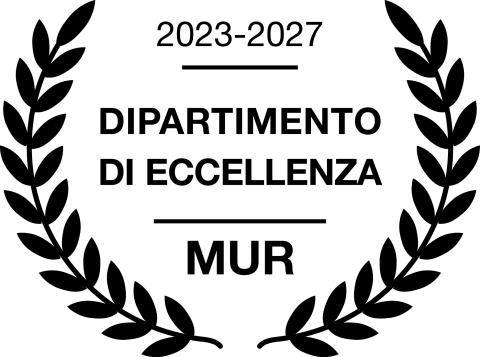
Aitolians and Amphiktyones

This presentation will review the management of the eastern frontier of the Aitolian koinon in relation to neighboring communities. It will place a particular focus on the symbios that developed in the early Hellenistic era between the koinon and the older Pyleo-Delphic Amphiktyonia of East Central Greece. By the middle of the third century the two entities had become thoroughly intertwined: Not only were Aitolians newly represented on the Council that governed the sanctuaries of Demeter at Anthela and Apollo at Delphi, but their delegation kept growing as more and more of the smaller ethne that were traditional members of the Amphiktyonia accepted membership in the Aitolian koinon, as well. In the process, Aitolians and their koinon increasingly exploited Delphi and the Amphiktyonia in the Great Game that was interstate diplomacy and conflict in the Third-Century Hellenistic World. A review of the broader, regional “political ecology” over a more extended time period, however, suggests that, rather than a hostile takeover of one regional community by another—a forceful reordering of established exterior borders—what took place was a gradual merging of neighboring communities for mutual benefit. The result was a fluid, “porous” eastern border that nonetheless allowed the Aitolian koinon to protect its eastern communities over the course of several generations.
To participate on-line (register by 19 February 12.00)
No registration needed for participation in presence.
Scientific responsibility and organization: Elena Franchi

